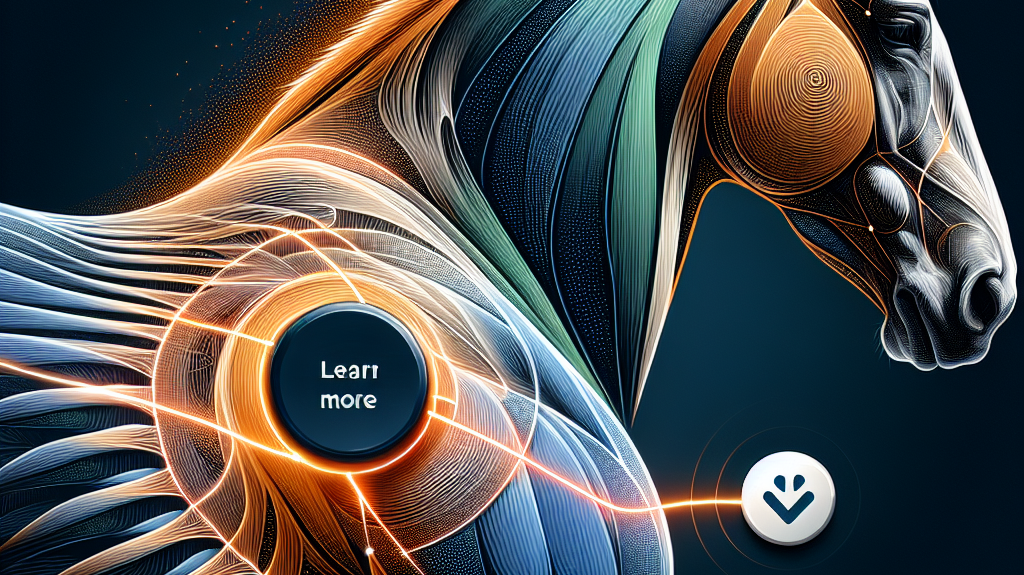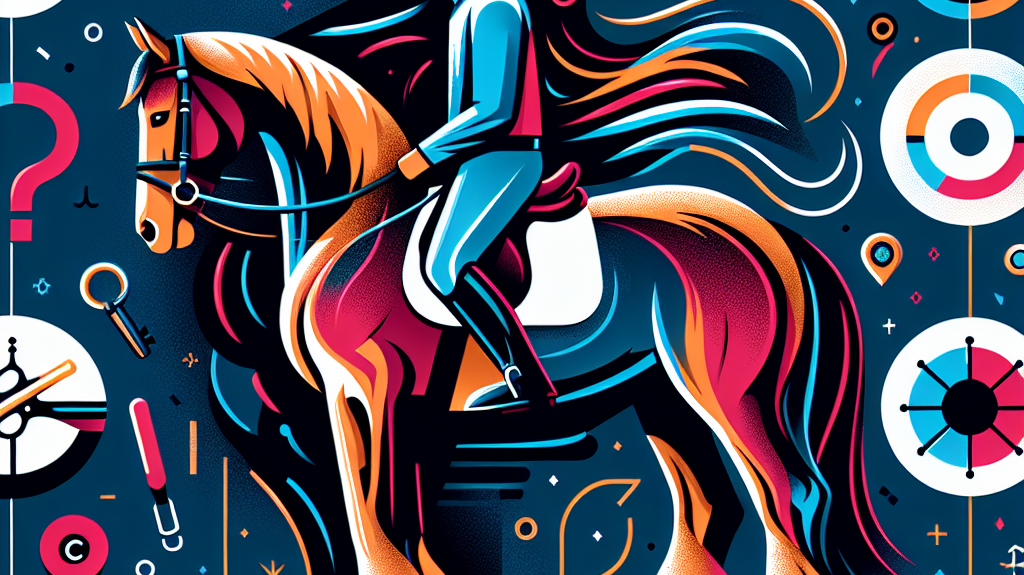Discovering the Italian Greyhound: A Dainty and Swift Companion
The Italian Greyhound, often known as the "mini Greyhound," has captivated dog lovers for centuries with its graceful appearance and fascinating history. This article explores various aspects of this breed, from its historical roots to care requirements, providing a comprehensive guide for potential owners and enthusiasts alike.
Historical Background
The Italian Greyhound's origins can be traced back approximately 2,000 years. Initially bred as companions for the nobility, these dogs gained significant popularity during the Renaissance era. Their association with upper-class society cemented their status as status symbols. Notable individuals, including Queen Victoria, Catherine the Great, and para-dressage gold-medalist Lee Pearson, have cherished Italian Greyhounds.
Development through the Ages
The breed has maintained its elegance and prestige over centuries. Representations of Italian Greyhounds can be found in ancient Egyptian and Roman art, showcasing their long-standing value in human society.
Physical Characteristics
Italian Greyhounds are easily recognizable due to their delicate, fine-boned structure and elongated legs. Here are some key physical traits:
- Height: 32–38 cm at the withers
- Weight: Up to 4.5 kg
- Coat: Short, glossy, and available in various colors (excluding certain patterns like brindle)
- Lifespan: Exceeding 12 years
Known for their speed and agility, these dogs share similar physical traits with their larger counterparts but in a more compact, elegant form.
Temperament and Exercise Needs
Italian Greyhounds are renowned for their intelligence and affectionate nature. However, they can be reserved around strangers. Here’s what potential owners need to know about their exercise and interaction:
Daily Exercise
These small wonders demand around an hour of exercise daily. Despite their size, they are lively and enjoy activities that engage both their minds and bodies. Due to their physical fragility, it's crucial to supervise their playtime, especially when interacting with larger dogs.
Temperament Traits
In addition to their affectionate nature, Italian Greyhounds have a lively temperament. They are generally not as vocally active as other toy breeds but are capable communicators, often finding unique ways to express their needs and emotions.
Care and Training
Due to their unique physique and temperament, Italian Greyhounds require special care and training. Here are some important considerations:
Physical Care
Because of their thin coat, Italian Greyhounds need protective clothing in cold weather to stay warm. Their lean frame also means they are prone to injuries, necessitating careful handling during playtime.
Training Tips
While intelligent, these dogs can exhibit independent tendencies. Training should be patient and consistent. Their innate prey drive implies that they should only be exercised in secure, enclosed spaces unless they have been well-trained in recall. Early socialization and positive reinforcement techniques work best with this breed.
Common Health Issues
Like all breeds, Italian Greyhounds are susceptible to specific health issues. Some of the common concerns include:
- Patellar luxation
- Progressive retinal atrophy
- Hip dysplasia
- Dental issues
Regular veterinary check-ups, a balanced diet, and proper dental care can help mitigate these risks, ensuring your Italian Greyhound leads a healthy and happy life.
Conclusion
The Italian Greyhound, with its graceful elegance and historical significance, continues to be a cherished companion for dog lovers. From their noble beginnings to their affectionate temperament, they offer a unique blend of charm and liveliness. Whether you are considering this breed or simply wish to learn more about it, the Italian Greyhound promises to intrigue and delight.
For more in-depth information, consider reading the original article on Horse & Hound and the Complete Guide To Italian Greyhounds available on Amazon.
Sources:




